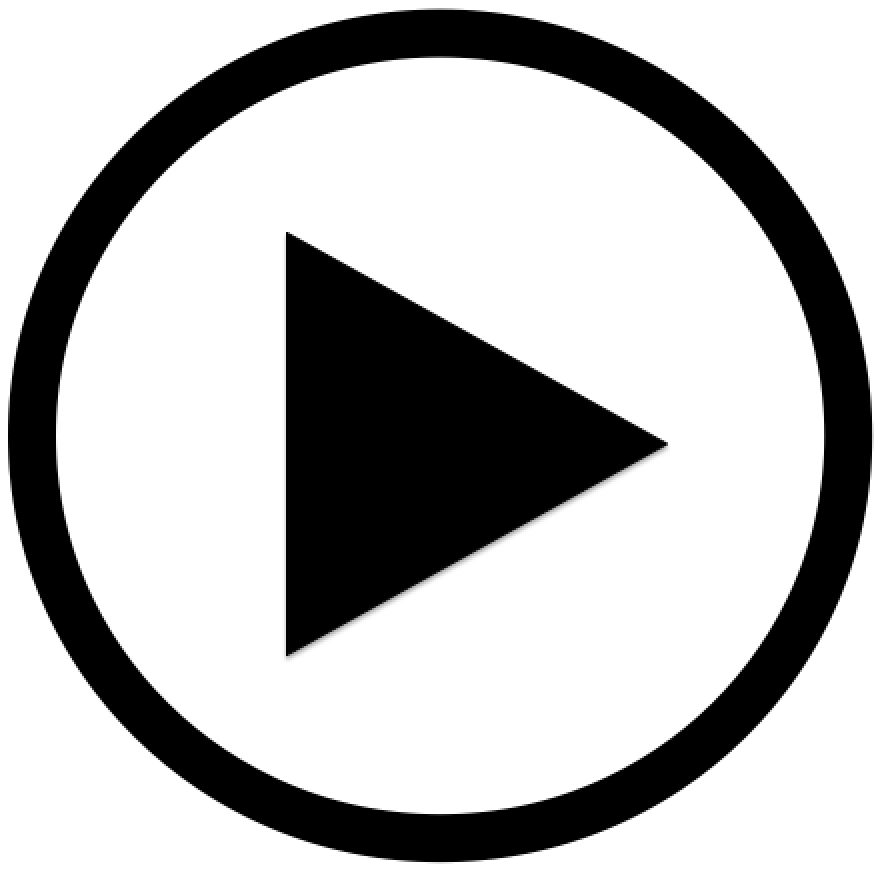Playback

Another essential technique for checking on the effectiveness of my listening is Playback.
Playback is the business of rephrasing what a client has said in order to confirm that I have understood, and to demonstrate that I have been listening. It provides a stabilising feedback path for the conversation.
There are two possible outcomes of Playback – I am right or I am wrong. Since both are good, I cannot lose! That is:
- If I had correctly understood what was said then I will know for sure that I’ve learnt something, and I will have reassured my client that I am a worthwhile audience.
- If there is something wrong with my interpretation, then it will immediately get fixed. The client, assured that I am genuinely trying to understand, will help me.
Playback is quite straightforward when investigating the client’s situation since the focus is on objective fact. For example: ‘... so, if I understand this correctly, three per cent of our widgets were dead on arrival ...’.
However, Playback is not restricted to simply echoing raw data – a particularly important application is for acknowledging a client’s problems and emotional state!
If a client expresses discontent with a certain aspect of my product or service, then he is telling me how he feels. A problem is a subjective thing, as the product or service in question may have delighted other clients. It then becomes important to demonstrate my understanding of my client’s feelings since, if I do not, he is likely to become frustrated. Having taken the trouble to express his discontent, he will certainly want it to be acknowledged, and Playback allows me to do this. For example, ‘I understand that three per cent of our widgets were dead on arrival’ is inadequate Playback if a client is furious about this situation. It would be better to add, for example, ‘… and this failure rate is significantly below your expectations. You are therefore rather annoyed with us at the moment.’
Playback can also be used to open up conversations that get stuck. Sometimes a client may present a situation as being closed, in the sense that there is nothing left to be said, but it is not in my interest to let the discussion finish on this note. For example, if I am trying to interest them in a new way of doing something, but they state flatly that their current methods work fine, then it might seem that there is nothing more to say. In these circumstances, it is important to acknowledge the client’s statement, as it would be rude to simply ignore it and push an alternative view. Hence, Playback is needed, and this time a simple device can also be used to open up the conversation again: the word ‘and’.
For example, ‘I see that your existing design software is meeting your needs today ... and, given how the technology is evolving, what do you think is the next ‘big thing’ that will lead you to update it?’ or ‘I understand that the fix is working well ... and what are your plans for maintaining it when there are operating system updates?’.
The important points to note when using this device are (1) to use the word ‘and’ rather than ‘but’ wherever possible, since the latter can be seen as argumentative, and (2) to follow ‘and’ with an open question, rather than a closed one. A closed question would make it too easy for the client, who already seems to be trying to close off the conversation, to do so again. If for the first example in the previous paragraph, I had said ‘... and, given how the technology is evolving, how long do you expect this to continue?’, my client could simply reply ‘about 10 years’ – not a great invitation to further discussion!
More about DISCOVER-Y and Discovery:
- DISCOVER-Y top
- The DISCOVER-Y tool explained
- DISCOVER-Y for encounter prepration (with MAP)
- DISCOVER-Y in real time (i.e. during an encounter)
- DISCOVER-Y as an aide to debrief
- The importance of Discovery
- Learning Discovery and its challenges
- Discovery helps to optimise delivery
- Discovery guarantees attention
- Effective listening (with checklist and blacklist)
- Playback
- DISCOVER-Y in brief
Examples:
Get the Client Encounters of the Technical Kind book!
